Applications Sedimentology
The applications are transversal and involve numerous collaborations. In this department, the elements present in the sediments are characterised and sampled for the purposes of :
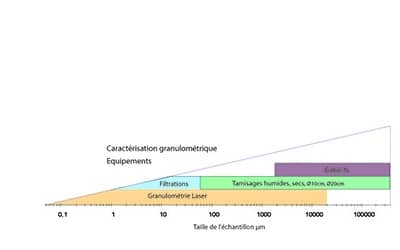
Particle diameter
This involves the characterisation of particle size distributions with or without chemical pre-treatment. Applications are made on issues of sediment transport, weathering and sedimentation processes, deposition dynamics, particle sources and mixing, identification of dominant dynamics of sedimentary deposition systems related to environmental changes in relation to climatic, historical or morpho-dynamic events,
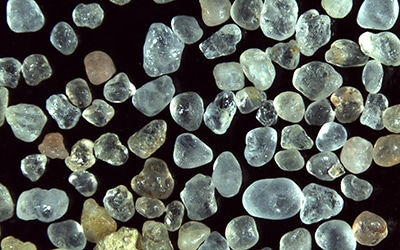
Morphoscopy of quartz
The quartz preparation protocol is equivalent to destroying the organic matter and dissolving any carbonates in order to observe the size classes of the clasts present, to define their shape and surface state classifications. This study is proposed in particular cases of discrimination of hypotheses of particle transport processes in coastal environments, paleo-valley or lake filling. For a morphoscopic study of sediment transport processes. The Leica M125 magnifier is equipped with an apochromatic plane to reduce edge effects on medium to coarse grains, has two separate viewing circuits for comfortable eye accommodation, a manual Z-Stack to provide sharp images and a measurement module to calibrate diameter measurements. The images produced are given via a 5Mpxlse camera. Filters are used to polarise and analyse the light.
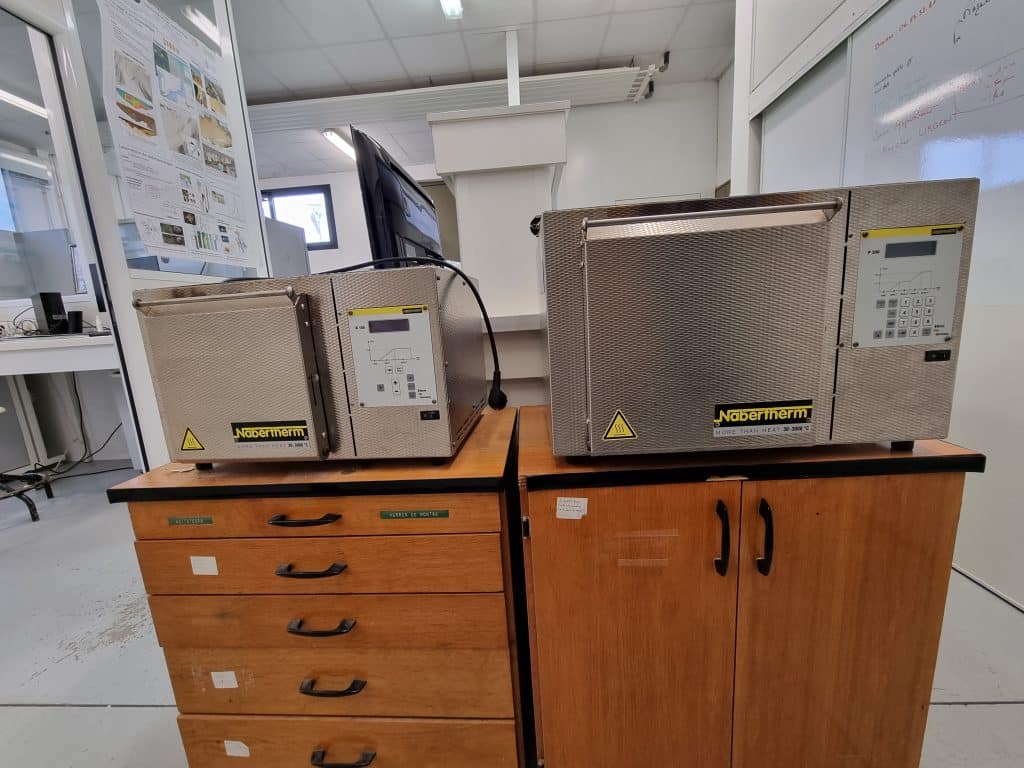
Loss on Fire
2 muffle furnaces and 2 precision balances allow carbonaceous and carbonate materials to be dosed by loss of mass through combustion above 1000°C.
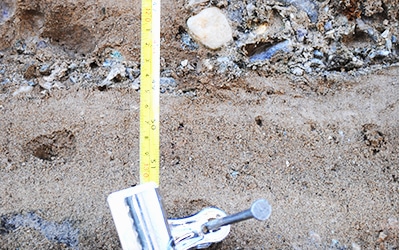
Land
The platform has probes for measuring the physico-chemical properties of the environment during field sampling of surface sediments (Van Veen bucket), sampling in the water column (Niskin bottle), and deployment of plankton nets for collecting ostracods.
The platform engineer also supports research projects in the field through filtrations on board ships of the French oceanic fleet (ALIS, Théthys, Marion Dufresnes); through support during coring campaigns (EDYTEM platform, UWITEC surface corers; cobra or Russian corers).
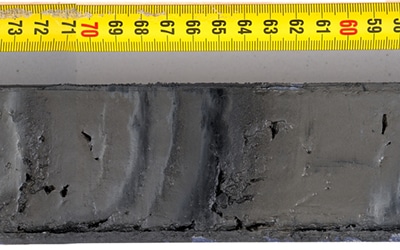
The photo bench
It completes the whole chain of handling of sedimentary cores on their arrival at the laboratory at the time of their opening and lithological description. The mosaics obtained with a photogrammetric location method give an overall view of the sediment, its preservation and help with sampling and stratigraphy strategies.

